Interviewer: Public Relations Office
For this edition, we interviewed Assistant Professor YOSHIMURA Mai of the Ama Research Center in the Faculty of Humanities, Law and Economics.
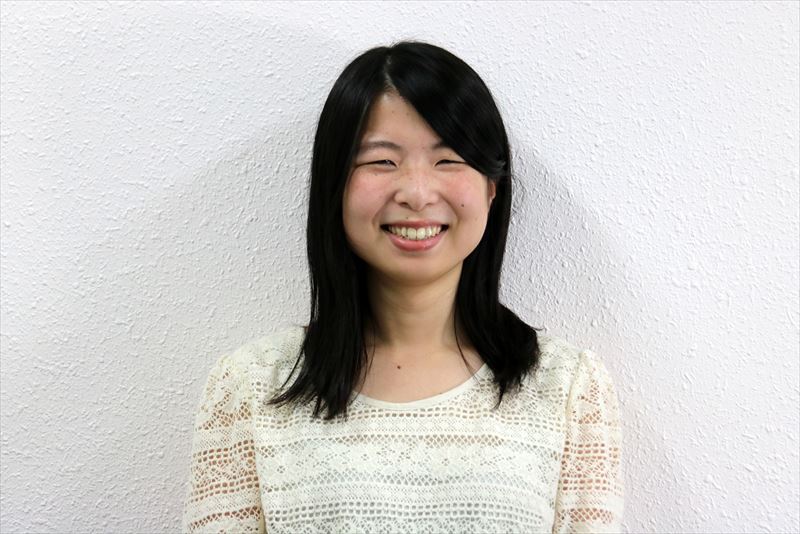
- What kind of research are you conducting on Ama?
YOSHIMURA:I was originally involved in research about the preservation and use of cultural heritage, and focused on the "Ama" as one theme within that field. In broad terms, I was researching the question of what impact there is on local communities when elements of their culture are given value as "cultural heritage." Until recently, I had been researching historical landscapes, but something a local resident said to me left a major impression. That person said, "The gaze of other people is always focused on the buildings, not on us." Around that time, I was seeing the Ama quite often in the media because of the Ise-Shima Summit, and when I contrasted that with what I had heard in my research of historical landscapes, I realized that the Ama were an "us" that were being recognized as cultural heritage and tourism resources. Based on that realization, I am now studying what impact that recognition as cultural heritage and tourism resources is having on the Ama and life in the fishing villages.
- What kind of things do you do at the Ama Research Center?
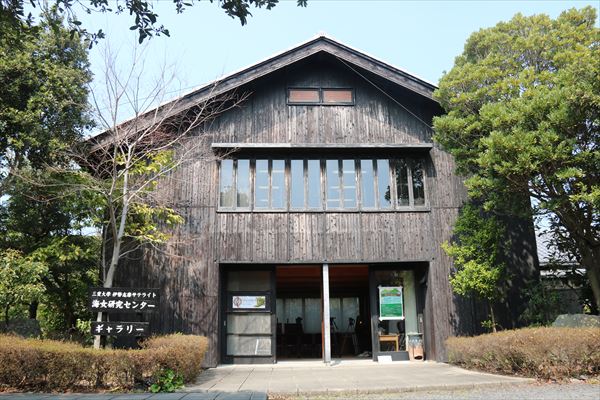
YOSHIMURA:The Ama Research Center was set up in March 2018 as the base for the Iseshima Satellite, one of Mie University's regional satellites. We are situated not on the university campus but inside the Toba Sea-Folk Museum, so we are a hub for connections between the university, the museum, and the local communities. Although we have "Ama" in the name, our research is not focused solely on the Ama. The Ama provide an opening for us to think about and study how we should preserve fishing villages and the fishing culture, research those ideas, and put them into action. A major feature of the Center is that researchers from both the humanities and science fields leverage their expertise in their respective fields to cooperate with each other on projects.
- What is the appeal of the Ama?
YOSHIMURA:From a researcher's perspective, I am most impressed by their willingness to accept in a flexible manner the various values that are attached to them from outside, as cultural heritage, tourism resources, and the like, while still protecting the foundations of their own lifestyles. In non-research settings, the cheerful nature of the Ama always gives me energy. I tend to think about things too much personally, so when I encounter the Ama's smiles and laughter, small things no longer bother me and I become more positive.
- How old are most of the Ama?
YOSHIMURA:Many of them are quite advanced in age, with the oldest working Ama in their 80s. However, some regions also have quite young Ama, in their twenties to thirties. Very few of the Ama are able to support themselves with fishing alone, and they balance their Ama work with raising children and other jobs. Because their catches, such as abalone and turban shells, are rooted resources and do not move very much, if a single area is fished too heavily, those resources will eventually run out. For this reason, the periods and times that the Ama are allowed to operate are limited, to prevent over-fishing. In fact, the time that the Ama spend diving is not that long and combining that work with other jobs is a premise of the occupation. The older Ama have combined their Ama work with farming, coastal fishing, and looking after their homes and children, but many of the younger Ama today have part-time jobs and do freelance work.
- Is it a year-round occupation?
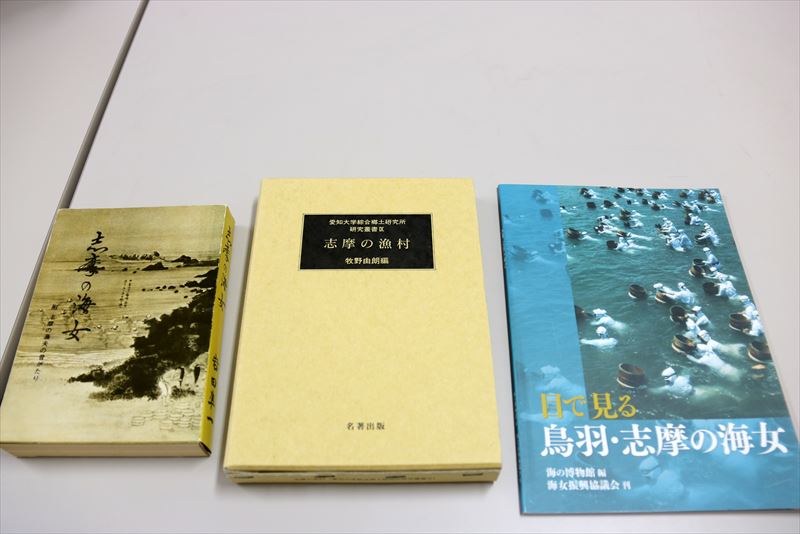
YOSHIMURA:The season for their main catch, abalone, is from April to September, and outside that period, they capture other marine products, such as seaweed, sea cucumber, and turban shells. However, the seasons that they go out fishing actually differs from region to region. In the regions with long seasons, they can dive from spring through winter, while in other regions, it can be as short as one week in summer. We believe that differences in resource volumes and the industrial structures of the regions account for the varying lengths of the Ama fishing seasons. Also, in the Toba and Shima regions, some women work as tourist attractions alongside their proper fishing work as Ama. Some years back, demonstration shows at expos, aquariums and other leisure facilities were quite popular and apprentice Ama would often work as tourism Ama as a form of training before making their debut as full-fledged professional Ama. These days, "Ama hut experiences," in which the Ama grill their catch as they communicate with tourists, have captured a lot of attention, and the Ama are working for these operations in between dives.
- Tell us about the connection between the Ama and cultural heritage and tourism.
YOSHIMURA:One of the distinctive features of the Ama as cultural heritage is that it involves an actual livelihood. In 2017, the "Ama Fishing Techniques of Toba and Shima" were designated as an Important Intangible Folk Cultural Property of Japan. The intangible folk cultural property category they were recognized for is "folk techniques," which is a relatively new category that was added in 2004. Since the enactment of the Act on Protection of Cultural Properties in 1950, its coverage has been gradually expanded to include tangible and intangible properties, folk heritage, and landscapes. The folk techniques that the "Ama fishing techniques" were categorized as are, to put it another way, techniques for earning a living. I believe that, in respect of the fact that it is not a remnant of the past, but an actual occupation that is closely connected to people's present-day lives that has been recognized as cultural heritage, this is quite a new thing for the Act. Moreover, because occupations are basically economic activities, we need to consider cultural heritage not just from the theoretical perspectives of their preservation, but in terms of preserving and promoting them from an economic rationalism perspective as well. We also cannot separate our studies from the lives and emotions of the women engaged in Ama fishing. In tourism as well, I believe it is important that we do not separate out only part of the Ama fishing profession or ignore the lives of the fishing village as a whole, and instead think about the best ways of linking our studies to their livelihoods and lifestyles. The Ama are first and foremost producers and consumers, before they are cultural heritage, and I never want to forget that.
- What are the challenges facing the Ama today?
YOSHIMURA:The biggest challenge is the lack of successors. The Ama population is aging and there are fewer women to take over the profession. The challenge is to find ways of increasing the number of successors, but this may be too difficult task unless the structural problems facing the fishing villages are solved. Ama fishing was always an occupation for women who were born and raised in the fishing villages to make a living so they could stay in the village. However, since the period of Japan's rapid economic growth, with the advances in transport and the greater range of occupations available to women, there has been a population exodus in the fishing villages and the number of people working in fishing, including Ama fishing, has declined. With the shrinking of the fishing industry, which is the industrial foundation of the fishing villages, and the decline in resources, it has become more difficult for young people to make a living in those villages. Also, because Ama fishing comes with a constant risk to life, strong bonds of trust among the Ama themselves are essential. Even if a stranger were to suddenly come along and say they want to become an Ama, it would take a very long time and a tremendous amount of effort to build up those relationships of trust. Consequently, even if there are women from outside the fishing villages who want to be Ama, the reality is that there are numerous obstacles to their joining the Ama community and making a living in the fishing villages. Having said that, suddenly overhauling the rules of the fishing villages to ensure the survival of Ama fishing would cause turmoil in people's lives. I think it is important to give serious thought to what should be changed and what needs to be protected.
- What times in the course of your research do you find most interesting?
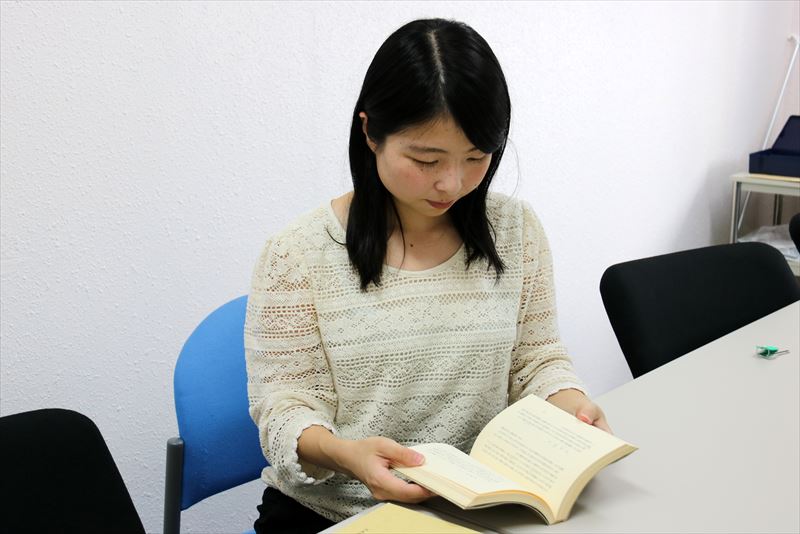
YOSHIMURA:The fishing villages have numerous challenges and both the locals and we researchers are grappling with finding solutions to those challenges. However, when I walk around the fishing villages and talk to the Ama and the fishermen, I sometimes feel that no problem is really that insurmountable. They have sometimes made changes to long-held conventions and brought in new culture from outside for the purpose of promoting their villages. Of course, this has involved many adjustments and struggles, but ultimately, those changes are often accepted without much resistance. Of course, this is really due to the accumulated efforts of the villagers and everyone involved, and some discontent may be lurking beneath the surface, but what I love about those fishing villages is the attitude that things may seem complicated, but are actually quite straightforward. To take it a step further, there is a sense that the theoretical frameworks of sociology that we had in mind are overturned by the flexibility of the fishing villages, and we often have to rethink the attitudes and mindsets that we have held until then.
Another point of appeal in my work is that, because I have many opportunities to interact with academics from other faculties, I am able to encounter, on a daily basis, knowledge in fields that I have not known about before, such as biology and architecture.
- What do you want to do going forward? What are your goals?
YOSHIMURA:In circumstances that could be described as a cultural heritage boom, the values of "preservation of cultural heritage" and "use of cultural heritage" are penetrating our lives in many areas. Recognition as cultural heritage creates pride in the people involved and connected, which leads to the protection and communication of history and traditions. However, on the other hand, there is also the possibility that various restrictions could be placed on people's lives. Instead of merely increasing cultural heritage, I want to think about how we can ensure the continuation of the lives of local communities once they have taken on that value of cultural heritage. In relation to the Ama, more than anything, I first want to understand more deeply about the lives of the Ama. There may be a broad understanding of "what Ama fishing is" and "what an Ama's life is like," but if we stop there, we will lose our ability to imagine the lives and emotions of each individual. In particular, I have heard some Ama say that, now they have been recognized as cultural heritage, people only ask them about the past and don't seem to want to know about what their lives are like now. In terms of promoting the preservation of Ama fishing, I want to listen to more of the stories of the Ama themselves. Also, fishing villages are not made up of Ama alone. There are also fishermen and other various residents and related people. I want to continue my field work with that understanding and obtain a more comprehensive grasp of the structure of the fishing villages. One other point is about the Ama of South Korea. By gaining a deeper knowledge of the history of interaction between Japanese and South Korean Ama and about their respective cultures, I hope to understand the diversity of lives in fishing villages and their traditional cultures. I think that this is connected to the question of how we look squarely at the modern system of nations.
Finally, I should say that everything I have talked about has come purely and simply from my own personal experiences. I urge everyone to visit the fishing villages of Toba and Shima, as well as other parts of the country, talk to the Ama, eat their catch, and feel and consider various things for yourselves.
About the Researcher
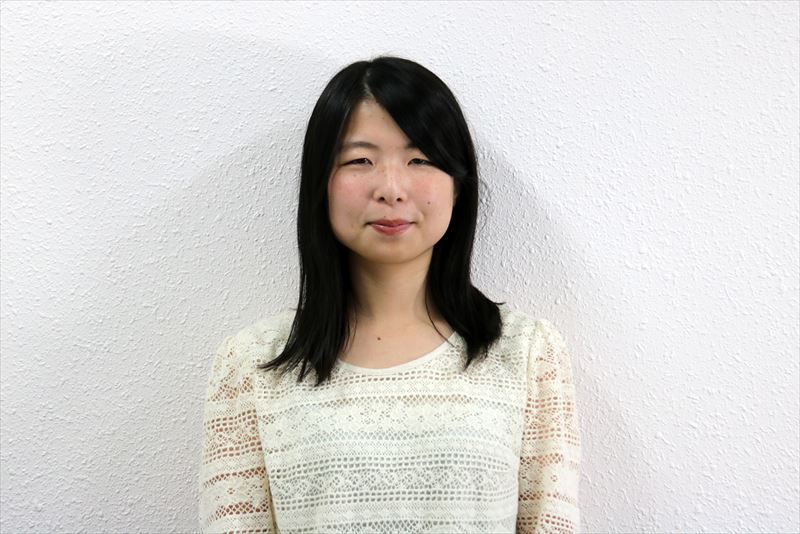
Ama Research Center, Faculty of Humanities, Law and Economics
Assistant Professor YOSHIMURA Mai
[References]
Faculty of Humanities, Law and Economics website https://www.human.mie-u.ac.jp/en/
Ama Research Center website http://amakenkyucenter.rscn.mie-u.ac.jp/